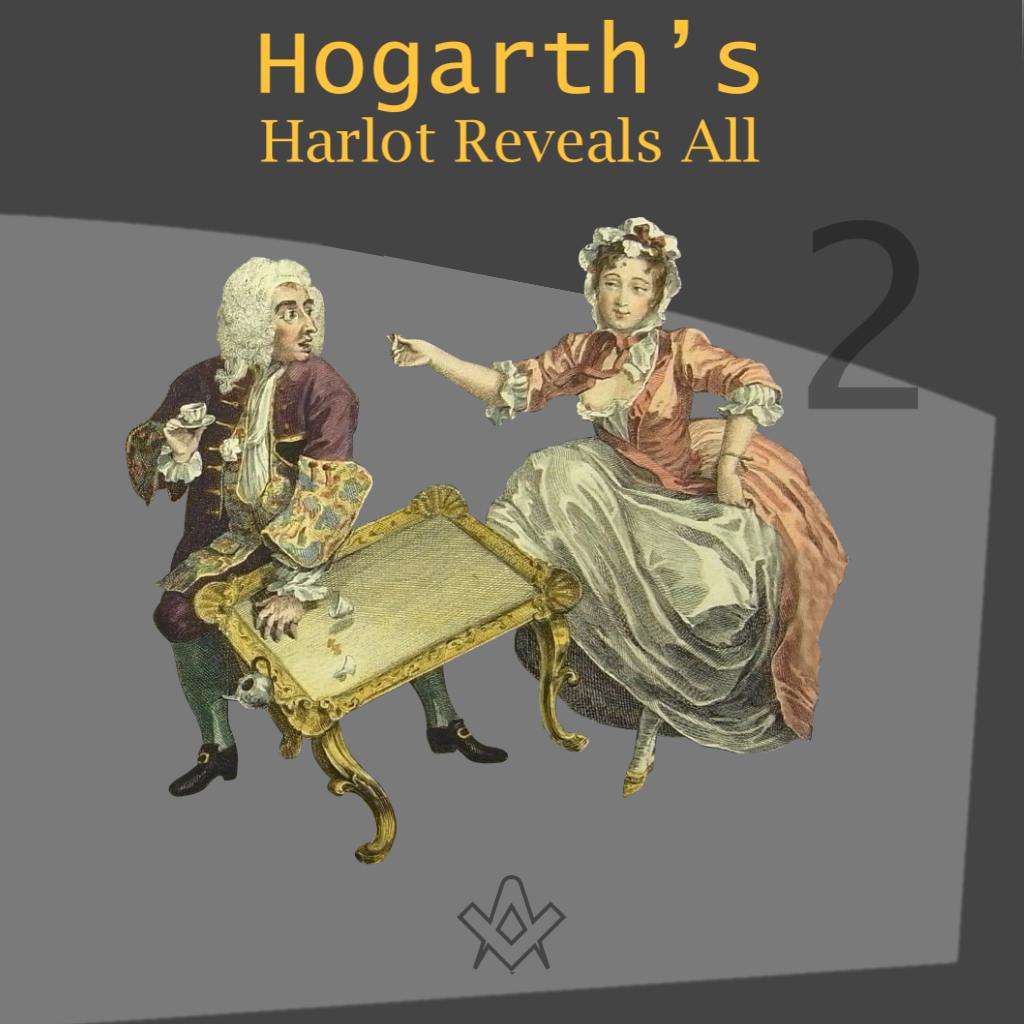Last month I showed how William Hogarth used two characters from A Harlot’s Progress to conceal the sign and due guard of the First Degree of Freemasonry.
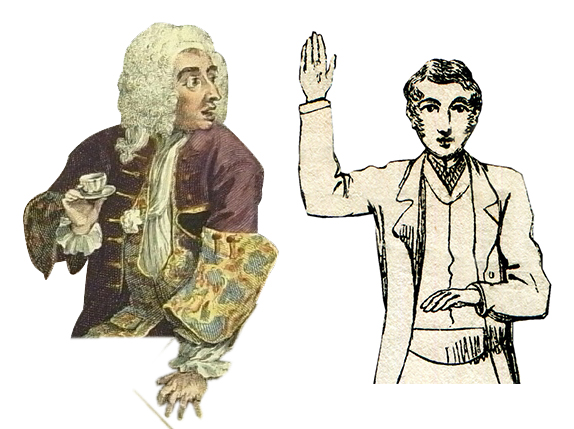
Figure 1 – Detail of the Harlot’s ‘keeper’ Scene 2, compared to Duncan’s Monitor (1866)
IMAGE CREDIT: A Harlot’s Progress (1731) by William Hogarth, Duncan’s Monitor Attribution 4.0 International (CC BY 4.0)
Let us now discover how the artist hid elements of the Second Degree within Scene 2.
Do you notice anything curious about the way in which this man holds up his teacup?
His other hand steadies a falling table, and this combination of hand positions mirrors a well-known illustration of the Second Degree from Duncan’s Monitor (1866).
While it may seem impossible to actually hold both cup and saucer in this manner, Hogarth was able to show the man’s left palm raised, at the same time that his right hand was faced down on the table.
In reacting to this falling table, the man has inadvertently exposed a sign from the ritual.
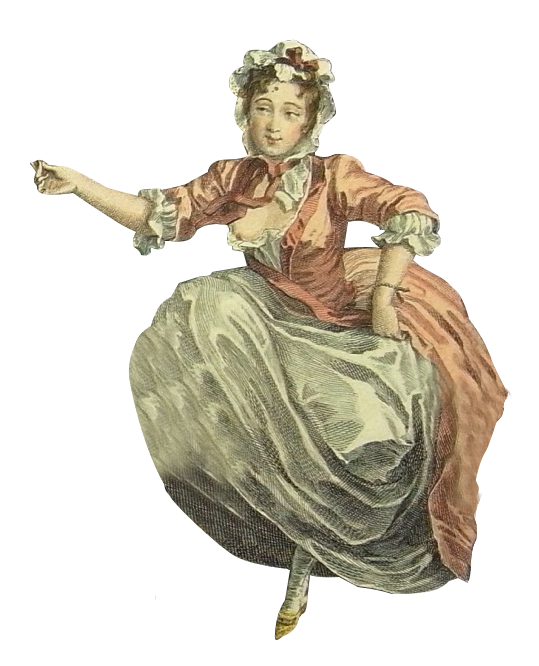
Figure 2 – The Harlot is baring her breast
IMAGE CREDIT: A Harlot’s Progress (1731) by William Hogarth Attribution 4.0 International (CC BY 4.0)
The woman shows her naked breast, hinting at another part of the Second Degree:
‘The sign is given by taking hold of the left breast, as though you intended to tear out a piece of it, then draw your hand with the fingers partly clenched … with some quickness.’
—Avery Allyn (1831).
Note that the Harlot’s right breast is shown in the reversed print but would have been the correct left breast in the painting.
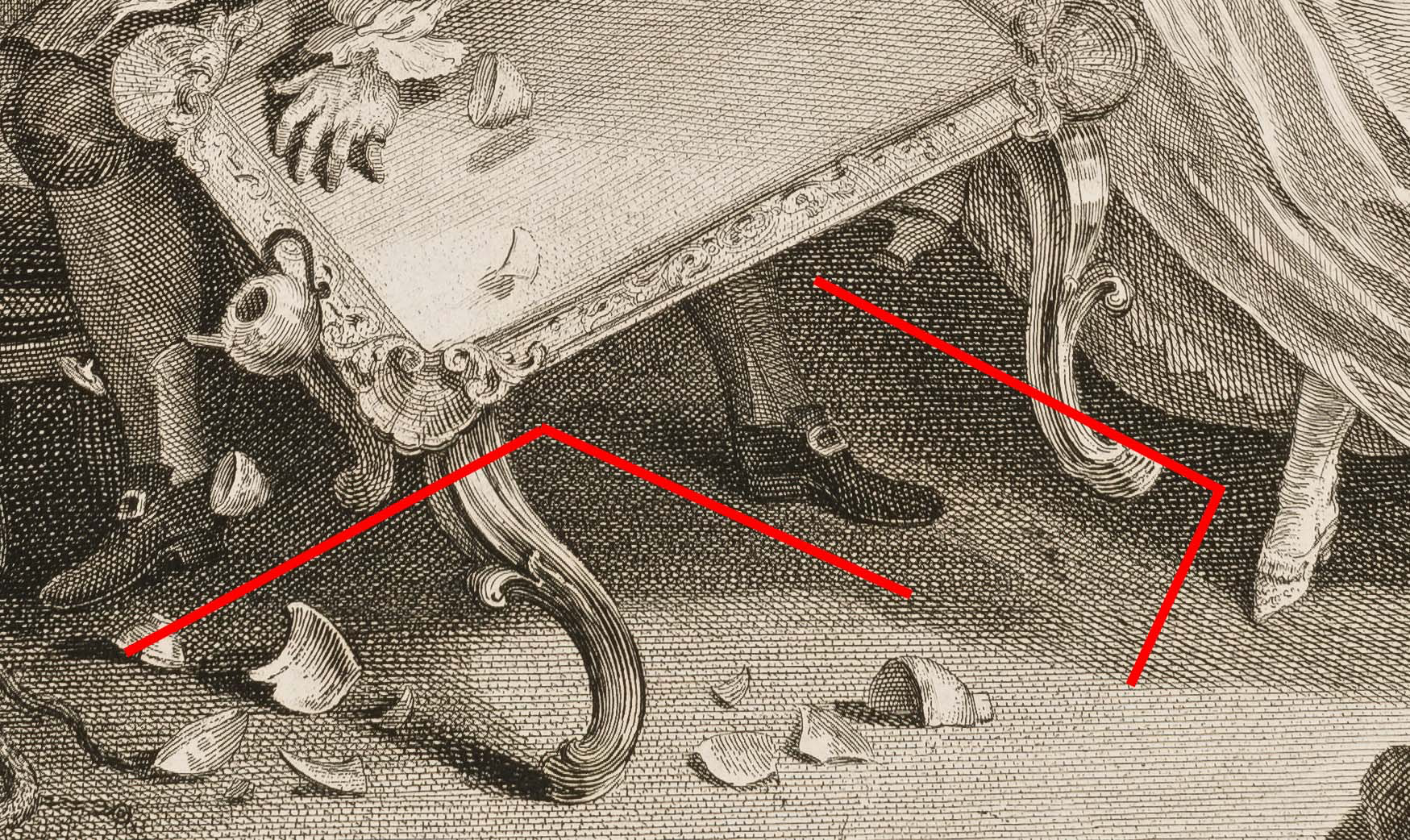
Figure 3 – Notice the foot position under the table
IMAGE CREDIT: A Harlot’s Progress (1731) by William Hogarth Attribution 4.0 International (CC BY 4.0)
Notice the position of the couple’s feet under the table. In scene 1 the young woman represented ‘the candidate’ with her feet at an awkward parallel.
Now that she is taking the Second Degree, she has her feet at a square, just like her male companion.
In my last article, I showed how Hogarth utilized two characters to reveal the signs of the First Degree.
The artist is using the same technique here, dividing the elements of the ritual between two people. By splitting the signs between the young Harlot and her ‘keeper’, Hogarth was able to make the secret less obvious.
As before, the storyline was cleverly adapted to accommodate these awkward postures.
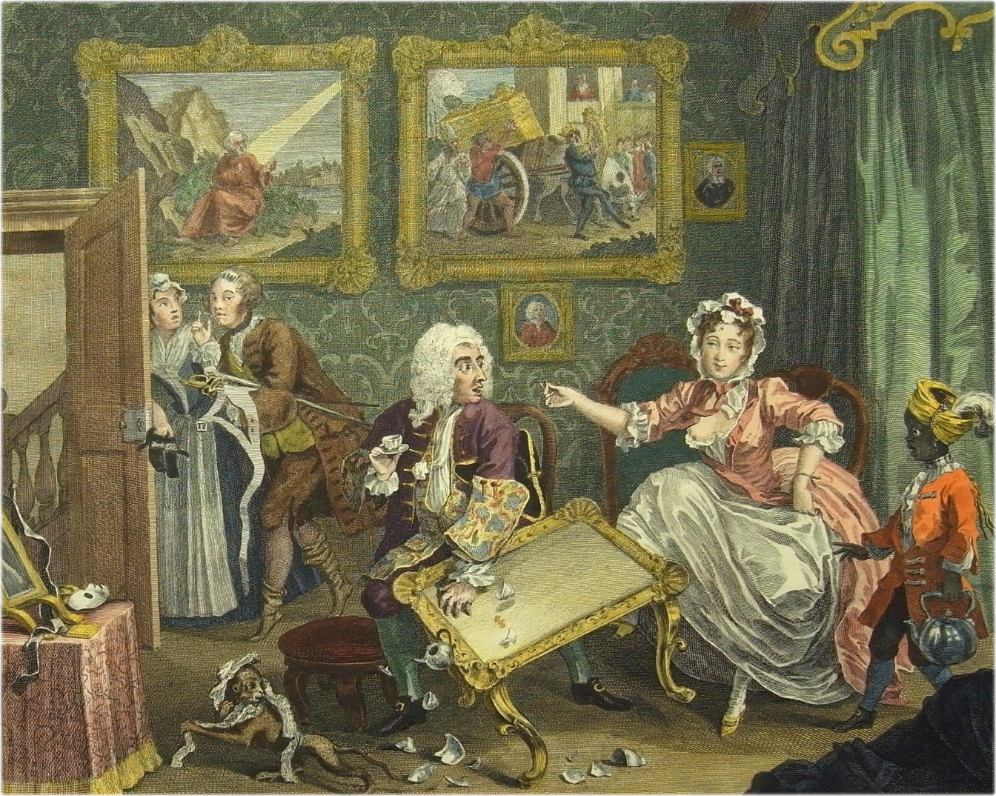
Figure 4 – Scene 2 shows a young man creeping out of the room
IMAGE CREDIT: A Harlot’s Progress (1731) by William Hogarth Attribution 4.0 International (CC BY 4.0)
The innocent girl was enticed into prostitution and is now set up in fine apartments. Her ‘keeper’ is an older gentleman who has arrived unannounced (his hat is still under his arm).
The Harlot was busy ‘entertaining’ a young man. She kicks over the table to cause a distraction for him to escape.
Masons might notice something curious about his stockings:
‘One looses the garter of his right-leg stocking, folds up the knee of his breeches…’
— Dundee Manuscript, 1727.
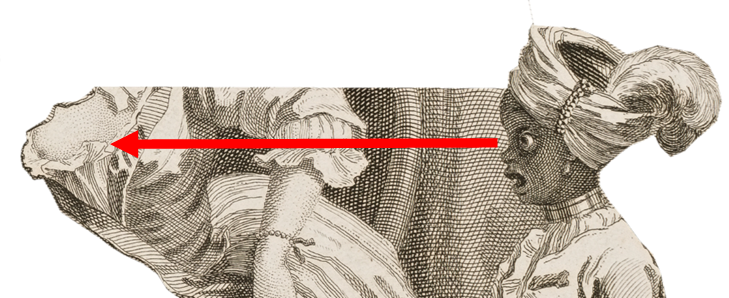
Figure 5 – The image of this serving boy became a popular icon
IMAGE CREDIT: A Harlot’s Progress (1731) by William Hogarth Attribution 4.0 International (CC BY 4.0)
Before we leave the scene, we should take a look at the serving boy who carries the kettle.
His eyes pop out at the sight of the Harlot’s exposed breast. Hogarth always adds something sexual like this in order to titillate the Brethren.
There are many more sexual references within Scene 3, which we will address next installment.
I present the full colour print below and challenge you to find the clever riddle that lies within it.
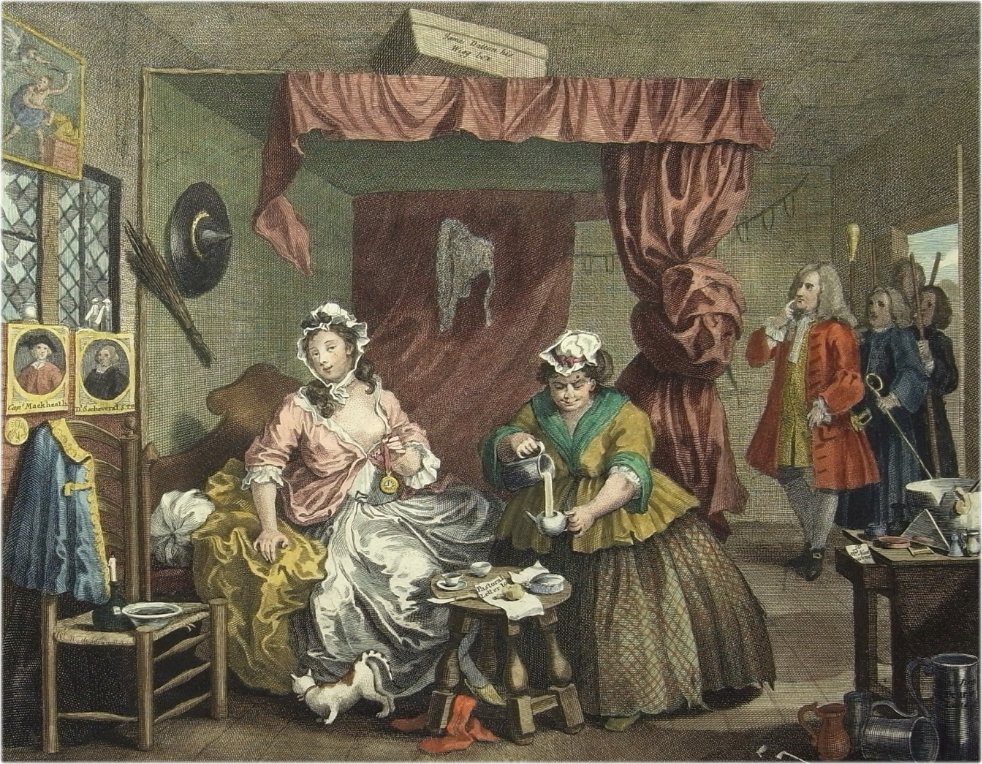
Figure 6 – A Harlot’s Progress Scene 3
IMAGE CREDIT: A Harlot’s Progress (1731) by William Hogarth Attribution 4.0 International (CC BY 4.0)
Here is a Clue – the watch, the tea and the cat’s bottom combine to give a line of ritual that is heard at the opening of every lodge.
Artist: William Hogarth (1697-1764)
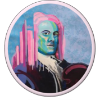
William Hogarth was made a Mason at the Hand and Apple Tree Lodge in Little Queen Street, Holborn, London c1725-28.
He later joined the Bear and Harrow in Butcher Row, known later as the ‘Corner Stone’ Lodge 4, and then Grand Steward’s Lodge. He designed a jewel known as ‘Hogarth’s Jewel’, it remained in continual use into the nineteenth century.
Hogarth was a prolific English painter whose scenes often demonstrated a satirical depiction of 18th century life.
He was responsible for the Copyright Act passed by Parliament in 1735 also known as the Hogarth Act.
Artwork: Tim Fowler
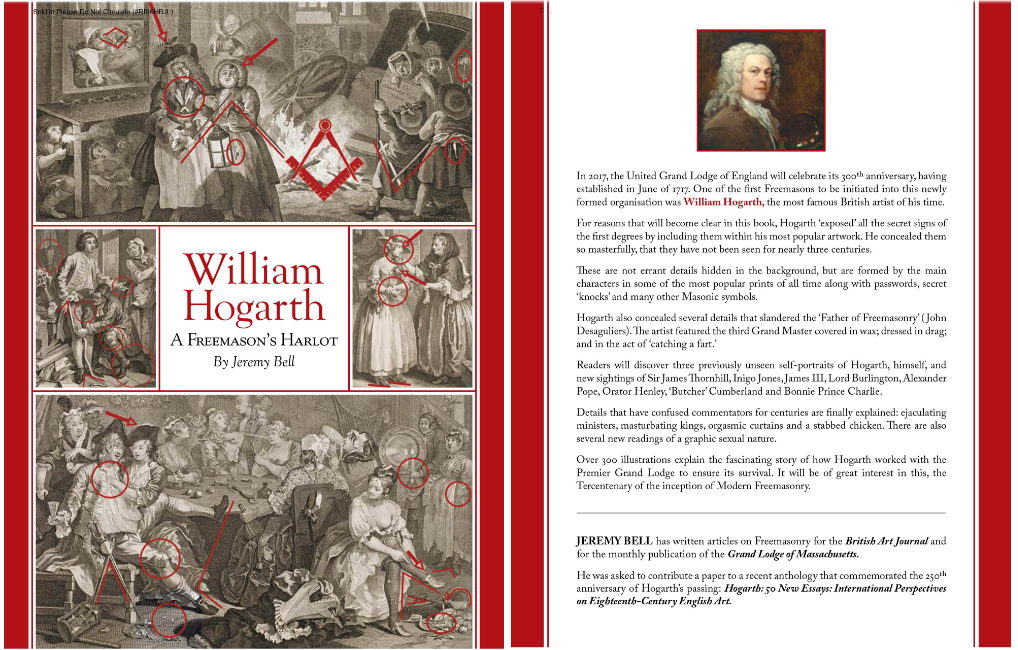
Many more details from the other scenes are explained in my book William Hogarth - A Freemason’s Harlot which is available from my website www.brotherhogarth.com.
Email me at Brotherhogarth@gmail.com. I can show you how many of Hogarth’s other works were Masonically themed.
Recent Articles: by Brother Hogarth
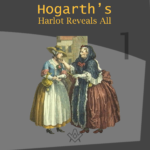 Hogarth’s Harlot Reveals All - Part 1 A new series looking at the hidden Masonic symbolism within Brother Hogarth's works - what can you find? |
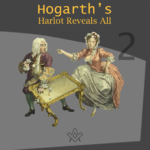 Hogarth’s Harlot Reveals All - Part 2 The second instalment in the series looking at the hidden Masonic symbolism within Brother Hogarth's works - what can you find? |
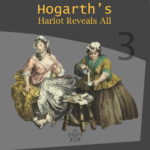 Hogarth’s Harlot Reveals All - Part 3 Brother Hogarth gives us another bawdy glimpse into the salacious world of the 'Harlot's Progress', and the tantalising Masonic symbolism hidden within! Can you spot the clues? |
 Hogarth’s Harlot Reveals All - Part 4 This month we find her in prison doing forced labour. So why, you may ask, is she dressed so finely? This sudden change of costume confused many commentators over the centuries. |
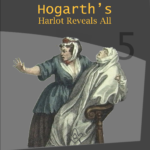 Hogarth’s Harlot Reveals All - Part 5 In last month’s instalment, our Harlot is found in prison doing forced labour. In this instalment the Harlot dies! |
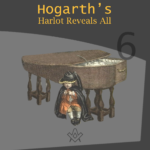 Hogarth’s Harlot Reveals All - Part 6 With our protagonist (the Harlot) lying in her casket, what next for the Widow's Son? |
 Hogarth's Harlot Reveals All - Part 6.2 A naughty clergyman, the virgin, and 'Father Time' - what can Hogarth reveal now?! |
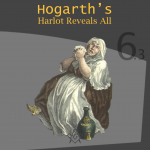 Hogarth's Harlot Reveals All - Part 6.3 Who are the famous men featured in the scene? Hogarth reveals all! |
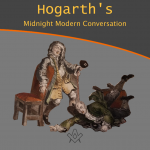 Hogarth's Midnight Modern Conversation Brother Hogarth is back with a look at another work of art with Masonic symbolism 'hidden in plain view' - what is occurring within the Midnight Modern Conversation? |
 Hogarth discreetly embeds more masonic signs and symbols in his paintings , never forgetting, everything he included in his scenes had meaning and is there for a reason. |
 Hogarth discreetly embeds more masonic signs and symbols in A Rake’s Progress, never forgetting, everything he included in his scenes had meaning and is there for a reason. |
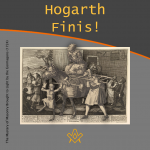 For twelve months Hogarth and his Harlot have revealed all, and the Rake has exposed himself. In this, the last part of the series (for now), we get a final glimpse at a few more of Hogarth's Masonic 'reveals'. |
masonic knowledge
to be a better citizen of the world
share the square with two brothers

click image to open email app on mobile device


